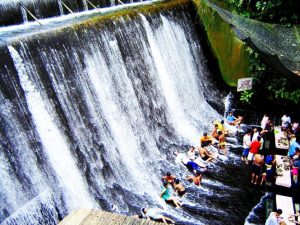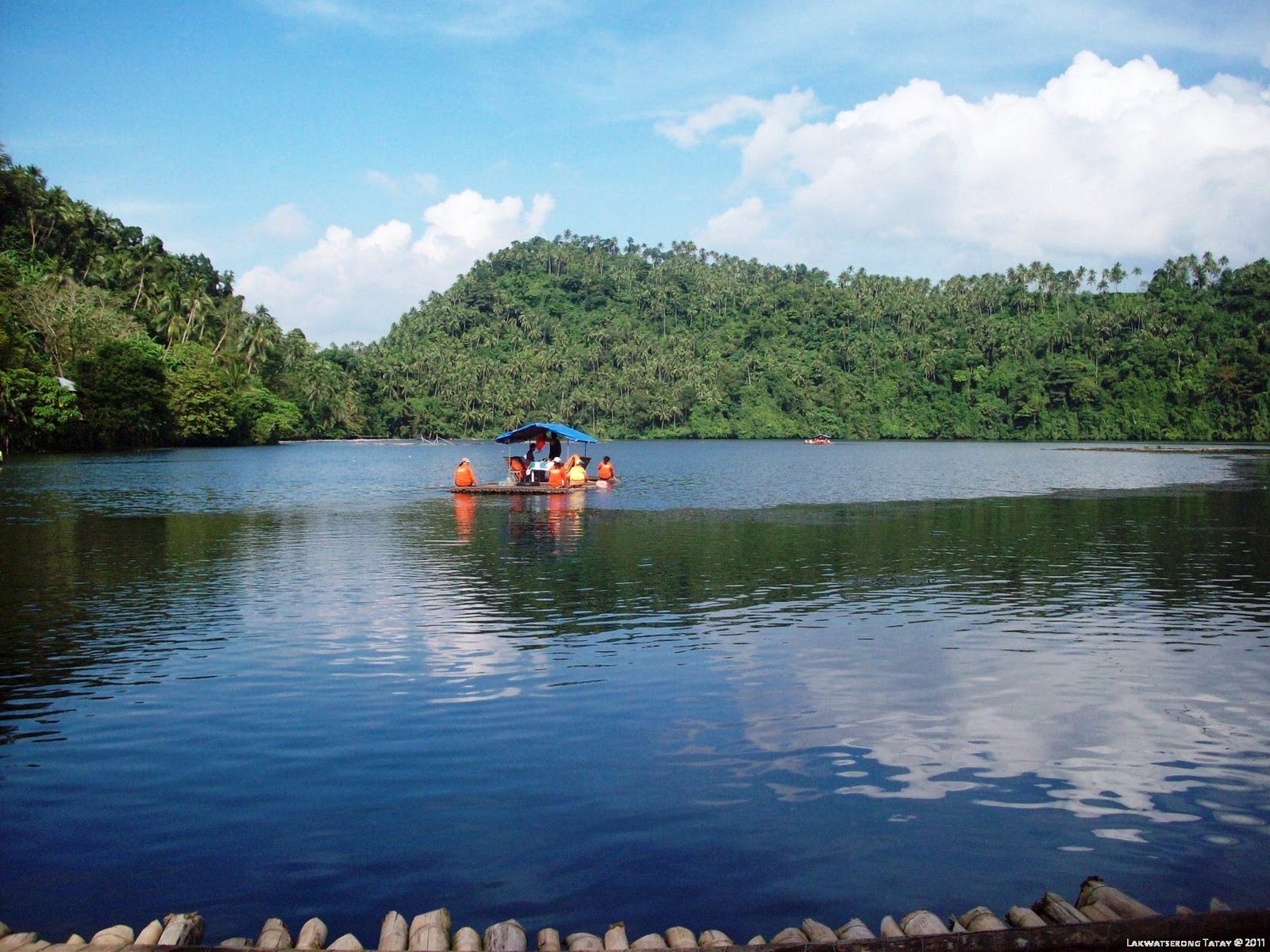“City of Seven Lakes”
Surrounded by the seven lakes of San Pablo, Lake Sampaloc; Lake Palakpakin; Lake Bunot; Lakes Pandin and Yambo; Lake Muhikap and Lake Calibato, San Pablo City is considered as City of Seven Lakes.
History
San Pablo City, together with the four large barrios, was a part of the Sampaloc. When the Spaniards came, around 1571 under the troops of CAptain Juan de Salcedo, Sampaloc was converted into parish and became a municipality in 1647 and was remaned “San Pablo de Los Montes” to horo their patron Saint Paul the First Hermit. However in 1576, it was placed under the jurisdiction of Batangas province but was returned to Laguna in 1883.
The pople of San Pablo continued to work not only for their city’s progress but also for their independence from the province of Laguna, all hoping to be an independent city. It was until May 7, 1940 that the San Pablo was converted into an independent city signed by President Manuel L. Quezon.
The city was inaugurated on March 30, 1941, with Dr. Potenciano Malvar, a former governor of Laguna, as the city mayor appointed by president Manuel L. Quezon. Succeeding him 1941 as an appointed mayor was Dr. Manuel Quisumbing, in turn followed by Tomas D. Dizon in 1943 as an appointed mayor. The succeeding mayors were elected after 1955.
Population/ Language/ Area
By land area, San Pablo City is the largest in the province of Laguna. By population, it ranks fifth within the province. San Pablo City has a total population of 248,890 as of 2010 and a total land area of the city reaches up to 197.60 km2 (76.29 sq mi).
Products and Services
The city’s main product is coconut. The city is also known for its buko pie where the coconut used to make these are mainly products of the city.
San Pablo City is home to showrooms, marketing, and parts/servicing centers of Honda Cars Laguna; Ford San Pablo; Isuzu San Pablo; Hyundai San Pablo; Mitsubishi (SFM) San Pablo; Nissan Southwoods-San Pablo; and Toyota San Pablo.
Business Opportunity
With coconut industry that continues to flourish in the city, it is never too late to invest a business that is related to it.
Tourist Spots

-
- Villa Escudero Plantations – 800 hectares (2,000 acres) of working coconut plantation and hacienda located 10 kilometres (6.2 mi) south of the city of San Pablo, Laguna province on the border with Quezon province in the Philippines. Since 1981, the plantation has opened its doors as a resort offering village tours, museum tour, food and accommodations. It has developed a worldwide reputation as a focal point to experience Philippine culture and history in a beautiful rural setting.
-
 Lake Sampaloc – nearly half of the lake’s depth has a shallow depression at the lake’s bottom, indicating its volcanic origin. The lake is located behind San Pablo city hall and is dotted with fishpens and small cottages built on stilts.
Lake Sampaloc – nearly half of the lake’s depth has a shallow depression at the lake’s bottom, indicating its volcanic origin. The lake is located behind San Pablo city hall and is dotted with fishpens and small cottages built on stilts.

- Lake Pandin and Yambo – Pandin Lake is considered oligotrophic because of the abundant plant and fish life while Yambo Lake is like Pandin Lake which is also suitable for swimming, outings, and picnics.
Celebrations and Festivals
-
- Coco Festival – The festival consists of Street dancing, float parade, street concerts, nightly programs before the city fiesta and some other important events like the yearly “Mutya at Lakan ng San Pablo”.

